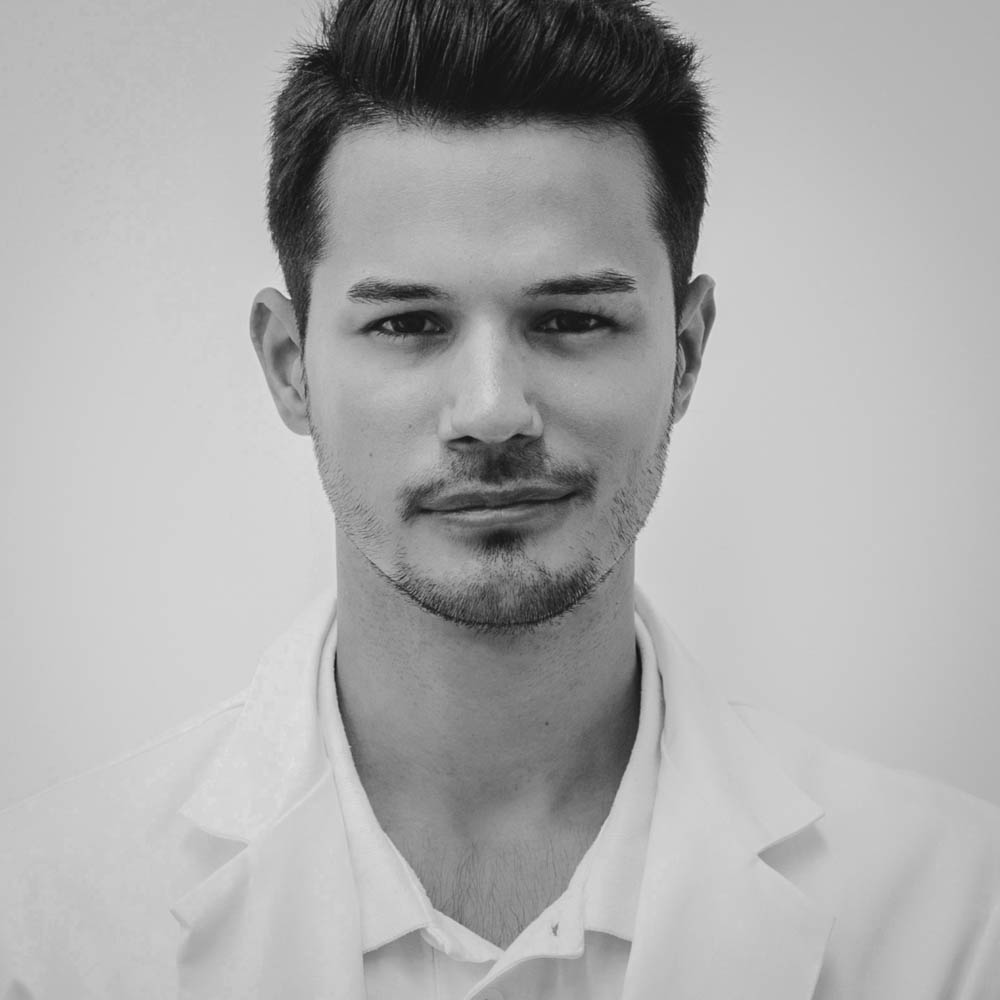INNOVATION BLOSSOMS IN
DERMATOLOGY-VENEREOLOGY




Androgenetic alopecia
Androgenetic or androgenic alopecia (AGA) is an androgen hormone-dependent process in which testosterone is converted to the more potent androgen dihydrotestosterone, which then binds to androgen receptors present in the hair follicles triggering a process of hair follicle miniaturization and changes in the hair cycle. AGA has been associated with several medical conditions such as cardiovascular disease and prostate cancer in men, and hyperandrogenism and polycystic ovary syndrome in women.
Recently, several articles have proposed a possible association between AGA and male patients hospitalized with coronavirus disease 2019 (COVID-19). Male sex and older age are known to be risk factors for severe manifestations of COVID-19. Androgen sensitivity may explain the higher mortality rate and disease severity among male patients which can be further enhanced by the X chromosomal location of the AR gene. If this hypothesis of androgen-mediated COVID-19 severity can be proven, anti-androgens or androgen-modulating drugs could be used as a treatment for COVID-19 patients, as already used in AGA.
The treatment of AGA remains challenging as treatment options depend on patient’s needs, affordability, extent of hair loss, compliance, and budget, since AGA is a chronic and progressive disease and patients need lifelong therapy.
Topical minoxidil was the first approved treatment for male and female pattern hair loss. It is available in both 2% and 5% foam and liquid solutions and its efficacy as a monotherapy varies in different patients.
The antiandrogenic drugs represented by the class of 5α-reductase inhibitors include finasteride, an FDA-approved drug for AGA in men but increasingly used as an off-label treatment for AGA in women, especially in the postmenopausal women, and dutasteride, prescribed as an off-label treatment for AGA in both men and women.
Low-level laser therapy (LLLT) is a relatively new and promising devise-based modality for stimulating hair growth in both male and female patients with minimal adverse effects. It acts by stimulating epidermal stem cells in the hair follicle bulge and thus prolonging the duration of the anagen phase.
Oral antiandrogen therapy such as spironolactone, cyproterone acetate or flutamide are reserved for women only, albeit as an off-label treatment.
Emerging therapies, such as topical finasteride, injectable dutasteride, platelet-rich plasma, microneedling, topical clascoterone and Janus kinase (JAK) inhibitors present a promising therapeutic option for this commonly encountered condition. Moreover, combination therapies of minoxidil with finasteride, LLLT or microneedling reported greater efficacy than monotherapy; however further studies are needed to investigate and confirm the efficacy of combined therapy.
Alopecia areata
Alopecia areata (AA) is a T lymphocyte-mediated condition characterized by hair loss. In the late years, increased awareness, better health care access and new diagnostic techniques have facilitated and encouraged research on the disease. AA may not only affect the scalp, but also the beard area.
Recent studies have pointed certain races to be more prone to developing AA. Among a number of other conditions, COVID-19 infection and its mRNA-based vaccine have been newly reported to be associated with AA – autoimmune diseases are an important prognostic factor for severity and mortality in patients infected with COVID-19.
Trichoscopy and histological examinations are still the gold standard of AA diagnosis. Moreover, a 3D imaging method has revealed very promising results as a complementary diagnostic method.
Age, severity, and AA phase are the elements to be considered when selecting therapeutic interventions. Although intralesional corticosteroids and contact immunotherapy seem to perform the best, these should be avoided in certain cases. Acute phases, namely rapidly progressive AA, should be addressed specifically. The efficacy of JAK inhibitor has been supported by several case series and clinical trials, however reports of increased risk of serious adverse events have been raising safety concerns. Complementary treatments should not be underestimated, since they have shown to change the course of the disease.
Frontal fibrosing alopecia
Frontal fibrosing alopecia (FFA) affects predominantly post/menopausal women, even if a male presentation is also described. The disease is characterized by a progressive recession of frontal-temporal hairline and, in 50–75% of cases, partial or complete loss of eyebrows. The progression of the disease is generally slow and its response to treatment is poor. Non-inflammatory facial papules are also detected, and symptoms like scalp itching and trichodynia are typical.
Trichoscopy is very important for the diagnosis: it is characterized by empty follicles/yellow dots, absence of follicular ostia, mild follicular hyperkeratosis, perifollicular erythema and presence of ‘lonely hair’. Pathology reveals the inflammatory lymphocytic infiltrate at the level of the isthmus and infundibulum of the intermediate and terminal hair follicles, with lichenoid appearance, and perifollicular and lamellar fibrosis with loss of sebaceous glands.
Steroids can be the treatment of choice for FFA in patients with subjective and trichoscopic signs of progression, as itching, follicular hyperkeratosis and erythema; systemic steroids with triamcinolone acetonide can be used for the acute phase, while a local treatment can be done with clobetasol propionate or with triamcinolone acetonide intralesional injections, followed by a maintenance therapy with 5 alpha-reductase inhibitors or hydroxychloroquine.

Asja Prohic
(Sarajevo, Bosnia and Herzegovina)

Emanuel Carvalheiro Marques
(Prague, Czech Republic)

Aurora Alessandrini
(Bologna, Italy)
FULL SCIENTIFIC PROGRAMME
ALL SCIENTIFIC NEWS

keep in touch
Stay informed about latest EADV information.
Congresses, Education, JEADV, Membership, Newsletter...
yes, keep me informed
EADV
European Academy
of Dermatology and Venereology
HQ:
Via S. Balestra 22B
6900 Lugano Switzerland
+41 91 973 45 20
congress@eadv.org
PRIVACY POLICY
Copyright 2021 EADV
TERMS OF USE
Only trust information from our official website: eadv.org